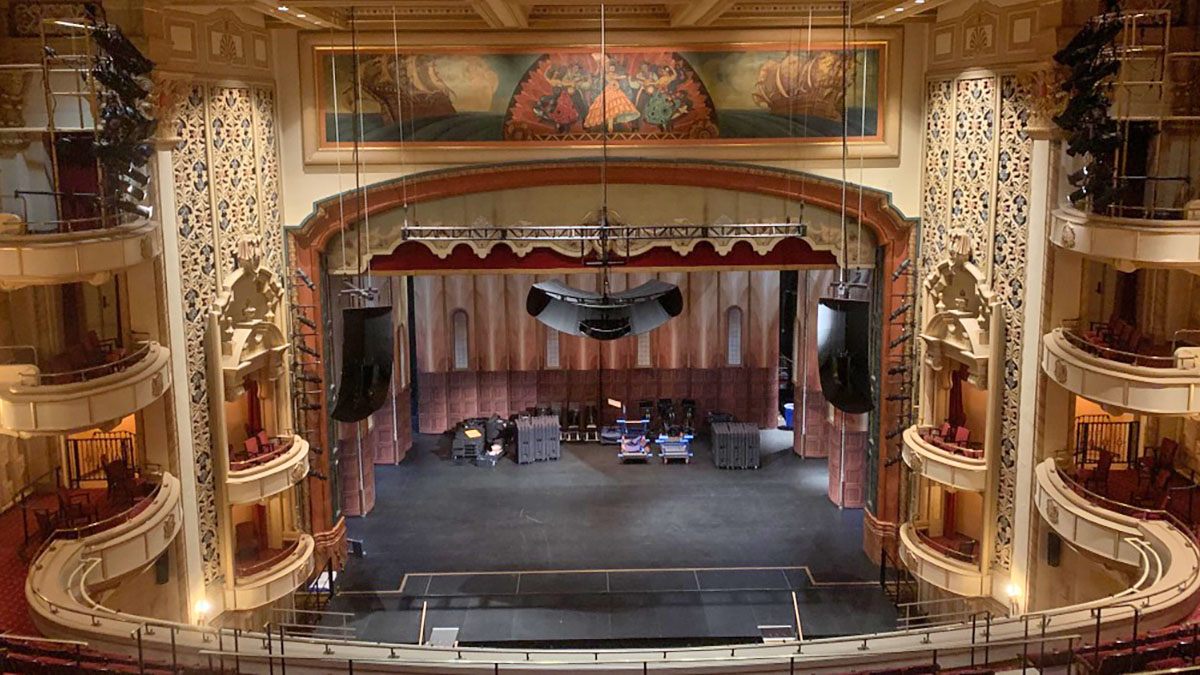I think I agree with you, after reading a long post by someone who read and seemed to understand one of his patents. The measurements won't impress in the bass region for sure - I'd bet money on that, hence no need to measure. Their mid and treble scattering have got to be pretty decent by the numbers, so the exact quality of the sonic effect of the curving the wells, their specific shape, and material porosity is probably best heard. I trust your description of the subjective improvements they are making. No doubt these improve the sound in ways people need them to, and their professional clients get the information they need. What I don't see are any clients of theirs that are raving about the products. Do they get any unpaid endorsements from famous industry people who are so pleased they just can't stop talking about it? I know of an acoustics company that does get those kinds of endorsements. It may be that they don't work so much directly with musicians and mixing/mastering artists, but more with contractors and technicians.
I will admit that most of our professional and amateur clients don't request product measurements. Some do though, and we like to see solid numbers to back up our predicted response, so we have been getting our products tested up an NWAA labs, which is an amazing facility. They also can test speakers and subwoofers up there - not in an anechoic chamber but a free field chamber, all the way down to 20Hz. It's that big!





